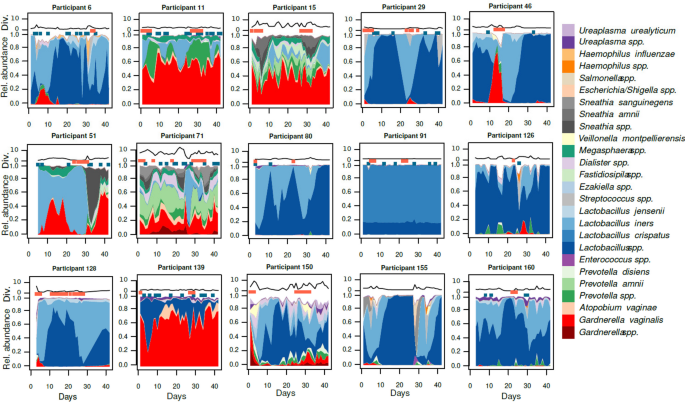2024-08-06 インペリアル・カレッジ・ロンドン(ICL)
<関連情報>
- https://www.imperial.ac.uk/news/255316/reducing-workplace-dust-limits-could-significantly/
- https://thorax.bmj.com/content/early/2024/07/04/thorax-2024-221447
累積シリカ暴露と珪肺症の関係:システマティックレビューと用量反応メタアナリシス Relationship between cumulative silica exposure and silicosis: a systematic review and dose-response meta-analysis
Patrick Howlett,Jeffrey Gan,Maia Lesosky,Johanna Feary
Thorax Published August 6, 2024
DOI:10.1136/thorax-2024-221447

Abstract
Background Silicosis, a chronic respiratory disease caused by crystalline silica exposure, is a persistent global lung health issue. No systematic review of the relationship between cumulative respirable crystalline silica (RCS) exposure and silicosis exists. UK exposure limits are currently under review. We therefore performed a systematic review and dose-response meta-analysis of this relationship.
Methods Web of Science, Medline and Embase were searched on 24 February 2023. Studies of radiographic, autopsy or death certificate silicosis, with an estimated average follow-up of over 20 years since first employment, were included. Cumulative silicosis risk methods were compared. The relative risks (RR) of silicosis at increasing cumulative exposures were calculated and used to estimate the absolute risk reduction (ARR).
Results Eight eligible studies, including 10 cohorts, contributed 8792 cases of silicosis among 65 977 participants. Substantial differences in cumulative risk estimates between methodologies exist. Using the same method, we observed higher cumulative silicosis risks among mining compared with non-mining cohorts. A reduction from 4 to 2 mg/m³-years in cumulative RCS exposure corresponded to substantial risk reductions among miners (RR 0.23 (95% CI 0.18 to 0.29, I2=92.9%) with an ARR of 323 (95% CI 298 to 344) per 1000) and non-miners (RR 0.55 (95% CI 0.36 to 0.83, I2=77.0%) with an ARR of 23 (95% CI 9 to 33) per 1000).
Conclusion Despite significant heterogeneity, our findings support a reduction in permissible exposure limits from 0.1 mg/m3 to 0.05 mg/m³, particularly among mining populations. Further research is needed among non-miners as only two studies were eligible.


